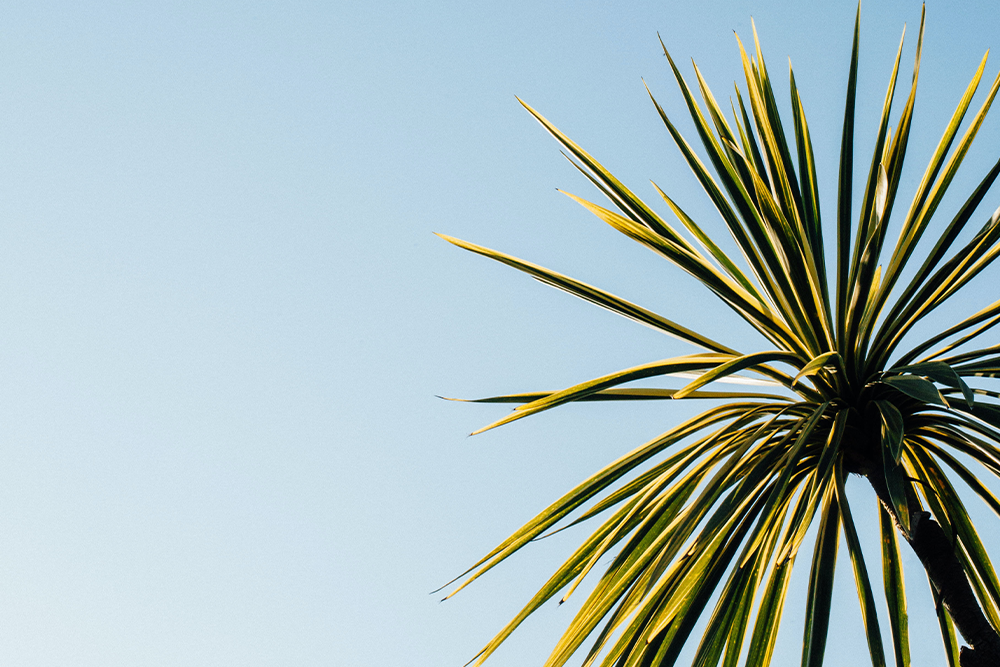
The Australian government has announced support regarding fat grafting for breast surgery.
As part of their 2021-22 Federal Budget, the Australian Government recently announced their support of the public listing of a new item for autologous fat grafting by injection for the treatment of both burn scars and facial defects caused by craniofacial abnormalities. The Government also expressed their support of the public listing for two items for autologous fat grafting by injection for defects arising from breast surgery, breast cancer treatment and prevention, and congenital breast deformity.
This is very exciting news as our breast cancer reconstruction patients will benefit greatly from this development. This is because these procedures will, as of November 1, 2021, be on the Medicare Benefits Schedule. Therefore, the cost of the procedure will be subsidised by the Australian Government. Read on to find out more about the process, and if it’s right for you…
What is breast fat grafting?
Fat grafting is a process in which fat is transferred from other areas of the body to the breasts. During the process, fat is harvested by means of traditional liposuction techniques before it is processed by filtration and then re-injected in small droplets into the breast region. Every droplet of fat is maintained by basic diffusion of nutrients from the surrounding tissues. Over the course of around a week or two, a more permanent blood supply is established.
Once the fat has been successfully transferred and has survived the process, it will stay alive permanently. These fat cells can increase or decrease in size with changes in body weight over time.
What is fat grafting used for?
Fat grafting can be used in many areas of the body. It is often an effective option in the case of trauma, cancer or congenital defects. The most common reason for fat grafting is for breast reconstruction following breast cancer treatment. The process can, however, also be used for cosmetic breast augmentation.
When used in breast reconstruction and augmentation, the fat grafting process achieves a very natural-looking result. It is a treatment with few potential side-effects. That said, there are some limitations associated with the process. Unfortunately, only a percentage of the transferred fat will survive the transfer, and the success rate will depend on a number of factors, including the quality of the fat harvest, the blood supply of the recipient tissue and the density and amount of scarring present at the recipient site. In some cases, multiple fat grafting procedures may be necessary to achieve the desired result.
How can we help?
At Cranford House Plastic Surgery, we offer fat grafting procedures for breast augmentation and breast reconstruction. If you are interested in finding out more about what the process involves, and if it’s a suitable treatment for you, we encourage you to come in for a consultation. Dr Quoc Lam is highly experienced in the field and has a special interest in aesthetic breast surgery and breast reconstruction. He will be able to explain the process in detail to you and address any questions that you might have.
If you would like to find out more about fat grafting at Cranford House Plastic Surgery, please have a look here.
If you would like to find out about the range of breast procedures that are available, please have a look at the range of services we offer.
If you would like to arrange a consultation to see us, please don’t hesitate to get in touch here or give us a call on 08 7070 0596.
Don’t forget to share this via Facebook, Twitter, Google+, Pinterest and LinkedIn.